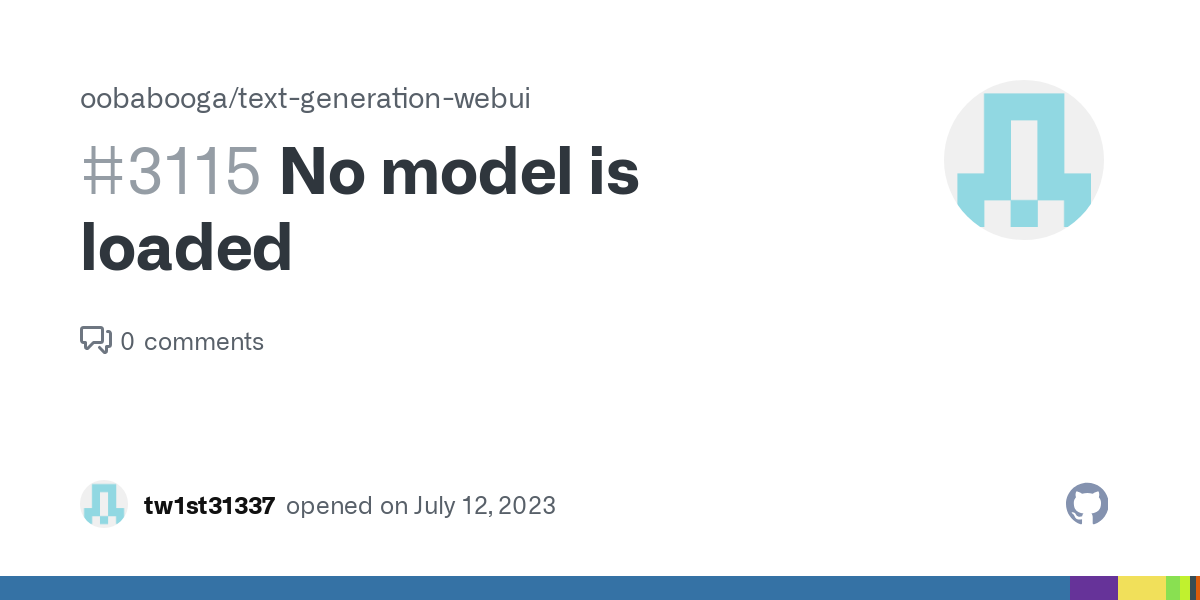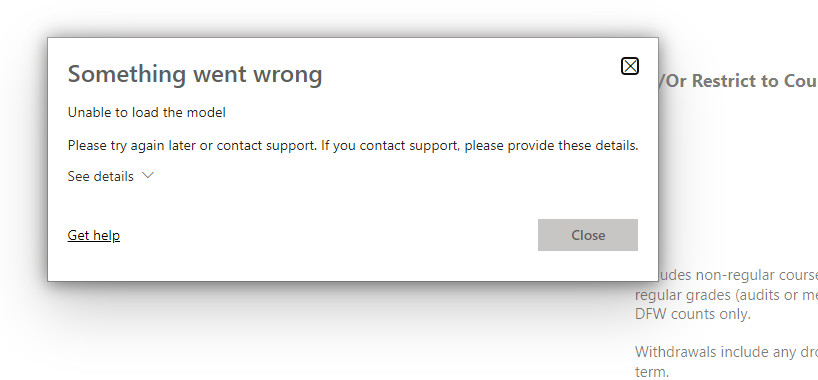Secure RMM tools ensuring HIPAA compliance for healthcare providers are no longer a luxury but a necessity. In today’s digitally driven healthcare landscape, protecting sensitive patient data is paramount. This means healthcare providers must navigate the complex world of data security regulations, and selecting the right Remote Monitoring and Management (RMM) tools is a crucial first step. Failure to do so can lead to hefty fines, reputational damage, and, most importantly, a breach of patient trust.
This guide dives into the essential security features, vendor selection process, and ongoing maintenance strategies necessary for maintaining HIPAA compliance with your RMM system.
Understanding HIPAA compliance requirements for RMM tools goes beyond simply installing software. It requires a holistic approach encompassing robust security features, rigorous vendor due diligence, and ongoing employee training. We’ll explore the key aspects of HIPAA, identify potential violations, and provide a practical checklist for choosing and implementing compliant RMM solutions. We’ll also address common security threats like malware and ransomware, outlining strategies for mitigation and incident response.
HIPAA Compliance and its Relevance to RMM

Maintaining patient data security is paramount in healthcare, and choosing the right Remote Monitoring and Management (RMM) tools is crucial. HIPAA compliance isn’t just a box to tick; it’s a fundamental requirement for protecting sensitive health information and avoiding hefty fines and reputational damage. Understanding HIPAA’s implications for your RMM strategy is essential for any healthcare provider.HIPAA’s Security Rule dictates specific administrative, physical, and technical safeguards to protect Electronic Protected Health Information (ePHI).
This includes implementing access controls, auditing systems, and data encryption, all of which directly impact the selection and use of RMM tools. Failing to meet these requirements can lead to severe consequences.
Key HIPAA Provisions Related to Data Security
The HIPAA Security Rule Artikels three main categories of safeguards: administrative, physical, and technical. Administrative safeguards involve policies and procedures, like risk assessments and workforce training. Physical safeguards protect the physical environment where ePHI is stored, such as access controls to server rooms. Technical safeguards focus on data security technologies, including access controls, audit controls, and encryption.
For RMM tools, the technical safeguards are especially critical. For instance, the tool must support encryption both in transit and at rest, and provide robust authentication mechanisms. The administrative safeguards are equally important; the provider must have policies in place for how the RMM tool is used and maintained, including regular security updates and vulnerability scans.
Potential HIPAA Violations with Insecure RMM Tools
Using insecure RMM tools exposes healthcare providers to numerous HIPAA violations. For example, a tool lacking proper encryption could lead to unauthorized access and disclosure of ePHI during transmission. Insufficient access controls could allow unauthorized personnel to view or modify patient data. A lack of audit trails makes it impossible to track access to ePHI, hindering investigations into potential breaches.
Furthermore, failure to implement regular security updates and vulnerability patching leaves the system vulnerable to known exploits, potentially resulting in a data breach. Consider a scenario where an outdated RMM tool is compromised; hackers could gain access to the entire network, potentially exposing thousands of patient records. This not only violates HIPAA but also severely damages the provider’s reputation and potentially leads to substantial legal repercussions.
Securing patient data is paramount for healthcare providers, necessitating robust RMM tools that ensure HIPAA compliance. Efficient data management is key, and this extends beyond just technical solutions; a well-trained staff is equally crucial. Investing in effective CRM training programs for sales and customer service teams can improve internal processes, indirectly strengthening data security by promoting better organization and communication, ultimately reinforcing the effectiveness of your HIPAA-compliant RMM tools.
HIPAA Compliance Checklist for RMM Tool Selection and Implementation
Before selecting and implementing an RMM tool, a thorough checklist is vital to ensure HIPAA compliance.
Secure RMM tools are crucial for healthcare providers to maintain HIPAA compliance, ensuring patient data remains protected. Efficient data management is key, and understanding the hurdles in implementing such systems is vital. Successfully navigating this often involves addressing the top challenges in CRM adoption and strategies for overcoming them, as detailed in this insightful article: top challenges in CRM adoption and strategies for overcoming them.
Ultimately, a robust CRM, integrated with secure RMM, strengthens a healthcare provider’s overall data security posture.
- Data Encryption: Verify the RMM tool supports both data-in-transit and data-at-rest encryption using strong encryption algorithms.
- Access Controls: Ensure the tool provides granular access controls, allowing administrators to restrict access to ePHI based on roles and responsibilities.
- Audit Trails: Confirm that the RMM tool maintains detailed audit trails of all access and modifications to ePHI, facilitating investigation and accountability.
- Security Updates: The vendor must provide regular security updates and patches to address vulnerabilities promptly. The tool should also have an automated update mechanism.
- Vulnerability Scanning: The RMM tool itself should be regularly scanned for vulnerabilities. This can be done internally or through a third-party vendor.
- Business Associate Agreements (BAAs): Ensure the RMM vendor provides a Business Associate Agreement that complies with HIPAA regulations.
- Incident Response Plan: Develop and implement a comprehensive incident response plan to address potential security breaches effectively.
- Employee Training: Provide regular training to employees on HIPAA compliance and the proper use of the RMM tool.
- Risk Assessment: Conduct a thorough risk assessment to identify potential vulnerabilities and implement appropriate safeguards.
Addressing Specific Security Threats

Healthcare providers leveraging RMM tools face a unique set of security challenges, amplified by the sensitive nature of patient data. The interconnected nature of modern healthcare systems, combined with the increasing sophistication of cyberattacks, necessitates a proactive and multi-layered security approach to maintain HIPAA compliance. Failing to address these threats can lead to significant financial penalties, reputational damage, and, most importantly, compromise patient trust and safety.The most prevalent threats targeting healthcare providers using RMM tools include malware, phishing, and ransomware attacks.
These attacks exploit vulnerabilities in systems and human error to gain unauthorized access to sensitive data, disrupt operations, and extort organizations. Effective mitigation strategies require a combination of technical safeguards, robust security policies, and comprehensive employee training.
Malware Infections
Malware, encompassing viruses, worms, Trojans, and spyware, poses a significant threat. These malicious programs can compromise systems, steal data, and disrupt operations, potentially violating HIPAA’s security and privacy rules. Mitigation strategies include deploying robust antivirus and anti-malware software, regularly updating software and operating systems, implementing strict access controls, and regularly scanning for vulnerabilities. A multi-layered approach, including network segmentation and intrusion detection systems, can further enhance protection.
For instance, a healthcare provider could implement a system that automatically quarantines suspicious files and alerts security personnel, preventing widespread infection.
Phishing Attacks
Phishing attacks, using deceptive emails or messages to trick individuals into revealing sensitive information, remain a persistent threat. Healthcare employees are often targeted with phishing emails disguised as legitimate communications from colleagues, patients, or insurance companies. Effective mitigation involves employee training on identifying and reporting phishing attempts, implementing multi-factor authentication (MFA) to protect accounts, and using email filtering and anti-spam software to block suspicious emails.
Regular security awareness training, including simulated phishing exercises, can significantly improve employee vigilance and reduce the risk of successful attacks. Imagine a scenario where an employee receives an email seemingly from their IT department requesting login credentials. Proper training would enable them to recognize the red flags and avoid falling victim to the attack.
Ransomware Attacks, Secure RMM tools ensuring HIPAA compliance for healthcare providers
Ransomware attacks encrypt an organization’s data, rendering it inaccessible unless a ransom is paid. This can cripple operations, lead to data loss, and result in significant financial losses. HIPAA compliance requires robust data backup and recovery plans to ensure business continuity in the event of a ransomware attack. Regular data backups, stored offline and in a secure location, are crucial.
Furthermore, implementing strong access controls, patching vulnerabilities promptly, and using endpoint detection and response (EDR) solutions can help prevent ransomware infections. A well-defined incident response plan, outlining steps to take in case of a ransomware attack, is also essential. This plan should include communication protocols, data recovery procedures, and steps for engaging law enforcement and cybersecurity experts.
For example, a provider could simulate a ransomware attack during a training exercise, testing their incident response plan’s effectiveness and identifying areas for improvement.
Incident Response Plans
Healthcare providers should develop comprehensive incident response plans to address security breaches effectively and comply with HIPAA’s breach notification requirements. These plans should Artikel clear procedures for identifying, containing, eradicating, and recovering from security incidents. They should also include communication protocols for notifying affected individuals, regulatory bodies, and law enforcement as required. A well-defined incident response plan helps minimize the impact of a breach, ensures compliance with HIPAA regulations, and protects the organization’s reputation.
The plan should also include regular testing and updates to reflect evolving threats and vulnerabilities. For example, the plan should detail the steps to be taken if a ransomware attack encrypts patient data, including the process for isolating affected systems, initiating data recovery from backups, and notifying affected patients and the appropriate authorities.
Case Studies and Best Practices: Secure RMM Tools Ensuring HIPAA Compliance For Healthcare Providers

Successfully implementing a secure, HIPAA-compliant RMM solution is crucial for healthcare providers to protect sensitive patient data and maintain regulatory compliance. This section examines successful implementations, providing insights into best practices and real-world examples. Understanding these strategies can significantly enhance a healthcare organization’s cybersecurity posture.
Hypothetical Case Study: Secure RMM Implementation at Coastal Cardiology
This case study illustrates a successful implementation of a secure, HIPAA-compliant RMM solution within a hypothetical healthcare setting.
- Scenario: Coastal Cardiology, a medium-sized cardiology practice, experienced increasing challenges managing its IT infrastructure, including numerous endpoints, outdated software, and a growing threat landscape. They lacked centralized monitoring and patching capabilities, increasing their vulnerability to security breaches and compliance violations.
- Chosen RMM Tool: Coastal Cardiology selected a leading RMM solution offering robust security features, including multi-factor authentication, end-to-end encryption, HIPAA compliance certifications (e.g., SOC 2 Type II, ISO 27001), and granular access controls. The tool also provided automated patching, vulnerability scanning, and remote monitoring capabilities.
- Outcomes: Following implementation, Coastal Cardiology experienced significant improvements. They achieved centralized management of their IT infrastructure, reducing manual effort and improving efficiency. Automated patching and vulnerability scanning minimized security risks, reducing the likelihood of successful cyberattacks. The enhanced security posture strengthened their HIPAA compliance, minimizing potential penalties and reputational damage. Finally, they saw improved uptime and reduced IT support costs.
Real-World Examples of Successful RMM Implementations
Several healthcare organizations have successfully implemented secure RMM solutions while maintaining HIPAA compliance. While specific details are often confidential due to security concerns, the general approach involves selecting a solution with strong security features, robust auditing capabilities, and a commitment to ongoing compliance updates. Successful implementations often involve a phased rollout, thorough staff training, and ongoing monitoring and assessment.
Many large healthcare systems and hospital networks leverage such solutions, though public details about specific vendors are often limited due to competitive and security reasons. However, industry reports frequently cite the increased adoption of RMM tools among healthcare organizations as a key strategy for improving security and compliance.
Workflow of a Secure RMM System in a Healthcare Environment
This visual representation describes the workflow of a secure RMM system within a healthcare environment.Imagine a central dashboard displaying the status of all connected devices (computers, servers, mobile devices) within the healthcare organization. This dashboard provides real-time monitoring of system health, security alerts, and patch management status. When a vulnerability is detected on a workstation, the RMM system automatically initiates a patch deployment process, ensuring the system is updated with the latest security fixes.
Simultaneously, the system logs all actions, creating an audit trail that can be used for compliance reporting. Healthcare professionals can access approved applications and data through secure remote access, all while maintaining strict access controls defined by the RMM system. Regular security scans are automatically scheduled and executed, identifying potential threats before they can exploit vulnerabilities. Reports detailing system health, security incidents, and compliance status are automatically generated, simplifying auditing and regulatory reporting.
The entire process is secured with multi-factor authentication, encryption, and regular security updates to the RMM system itself.